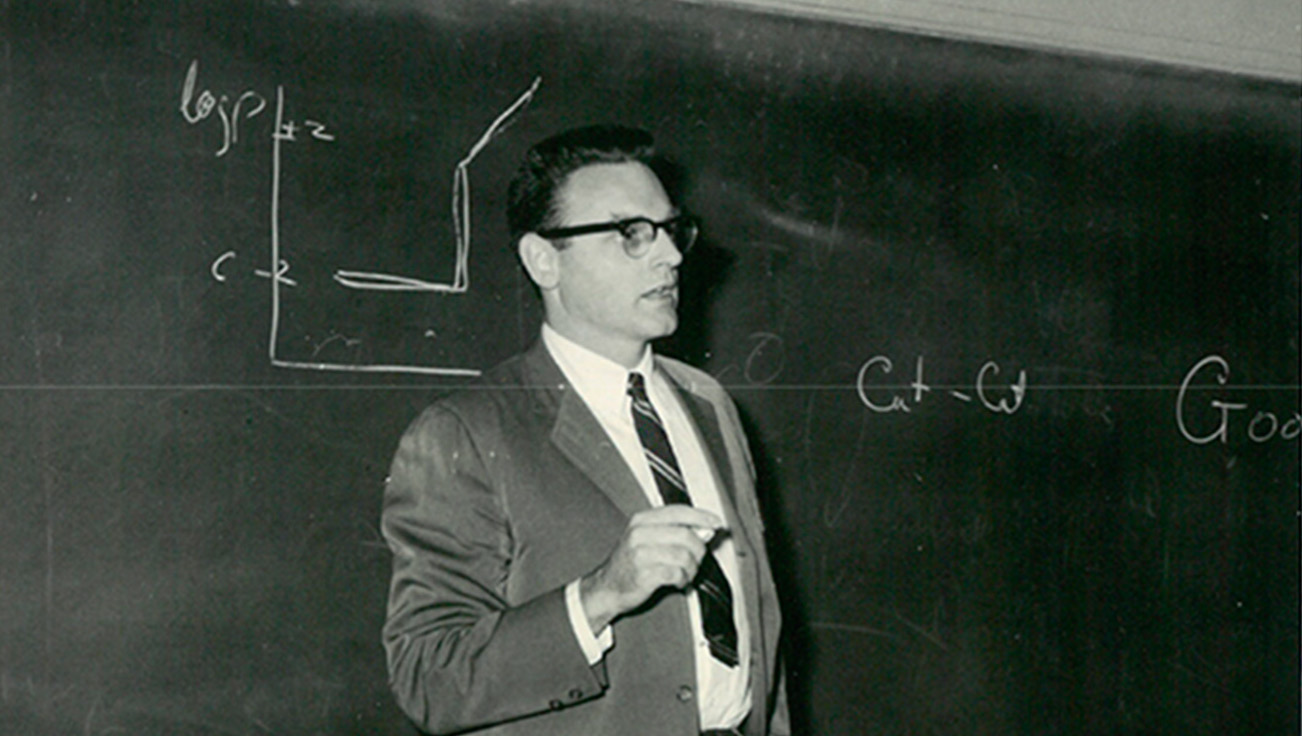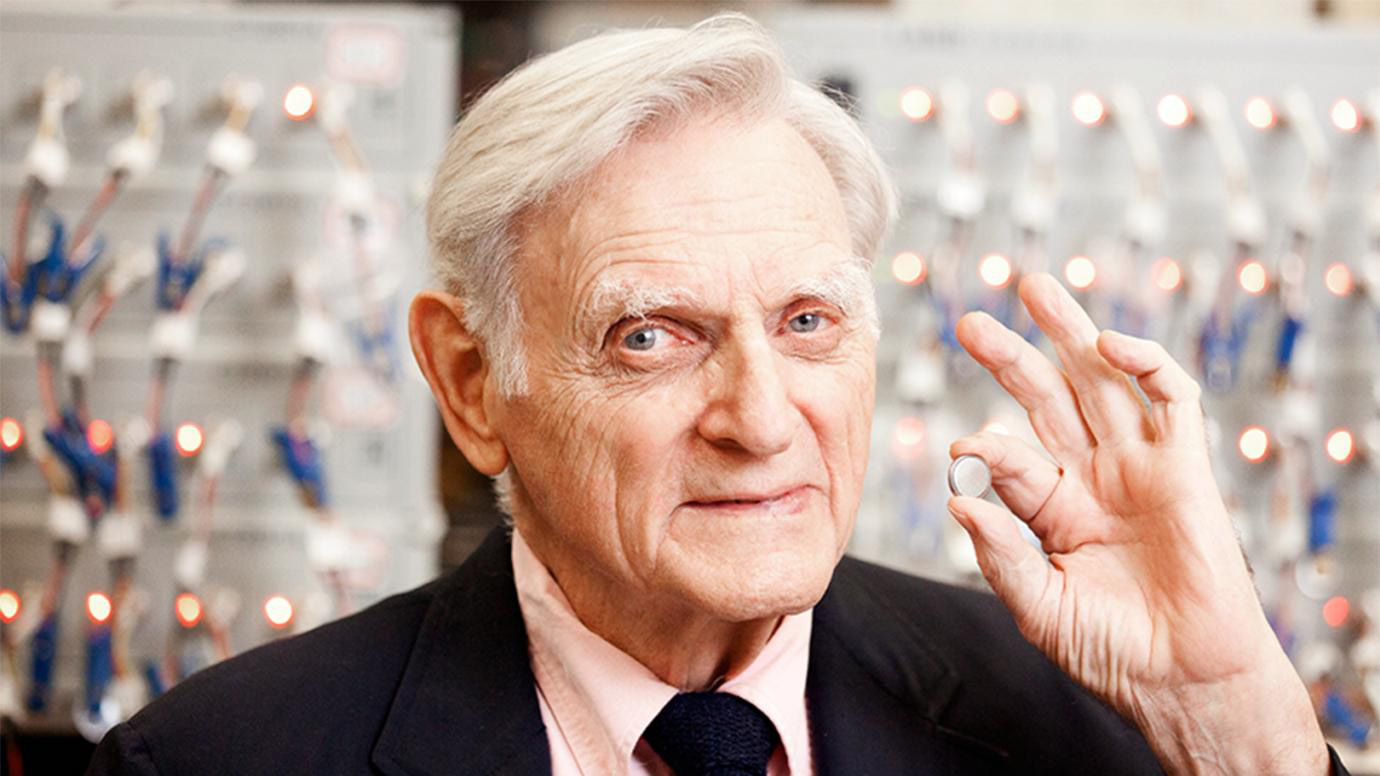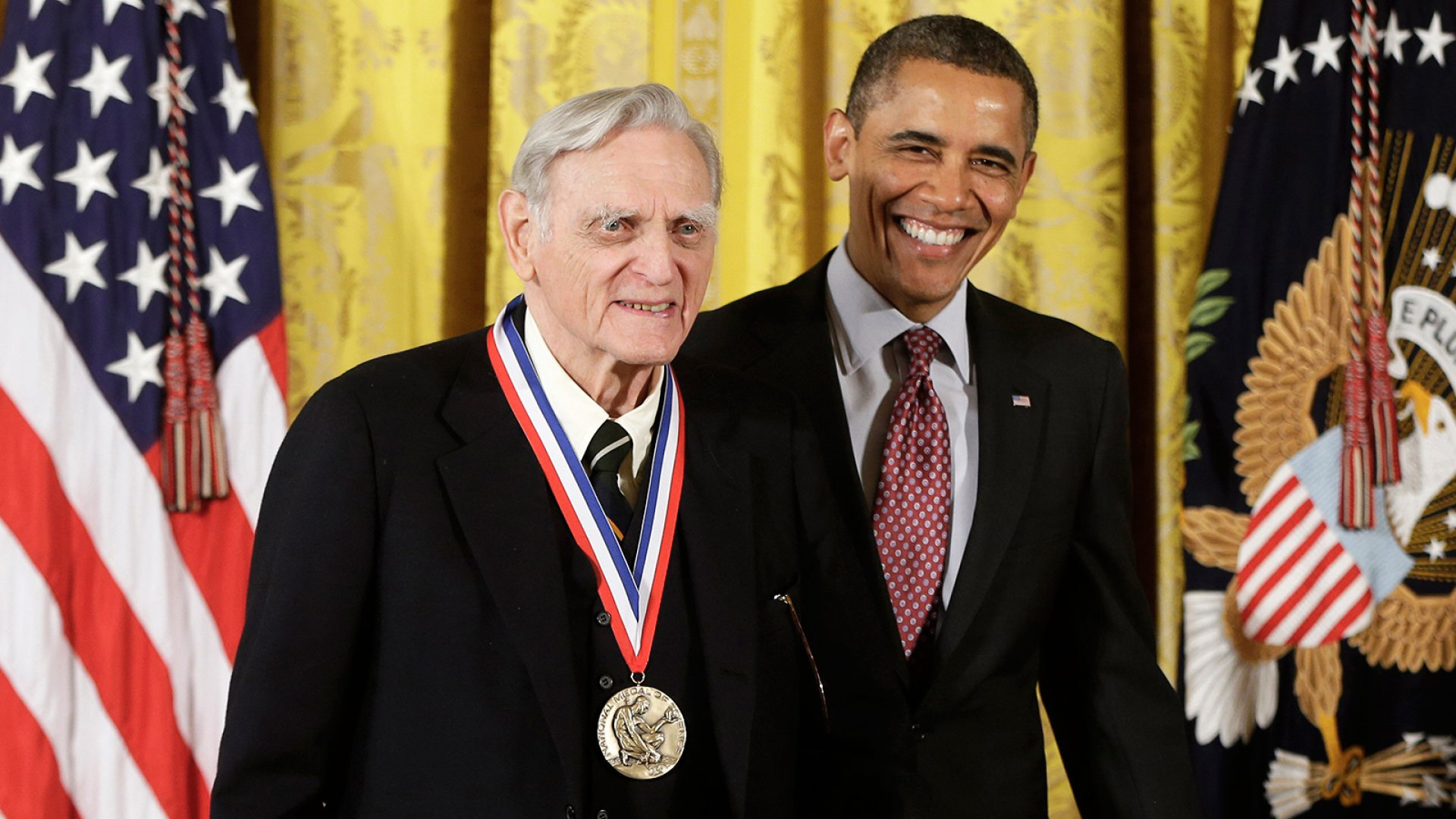John Goodenough: The Tony Stark of True Superheroes
The last century has seen an unprecedented amount of technological change, prompted by a rush of scientific advancements that have revolutionized every aspect of the human experience. One of the most incredible things is how much of it depended on the work of just one man, John B. Goodenough, the inventor of the lithium-ion battery. John, born in 1922, devoted his life to the pursuit of a better, cleaner, and more energetic world, and his success marks him out as the real life Tony Stark, a True Superhero breathing new life and new possibilities into modern technology.
The austere beginnings of a True Superhero
John was born in 1922 in Jena, Germany to American parents. At the time, his father was studying for a DPhil in divinity and would soon move his family back to the US as he took up a role as a professor at Yale. While John’s family circumstances were comfortable, he faced great challenges from an early age, growing up as a dyslexic at a time when that condition was poorly understood.
Although he took a great interest in the natural world around him, he struggled at school and has said that this affected him greatly for many years, telling the Nobel Prize committee: “How I struggled to learn to read! I read mechanically without the ability to catch easily the meaning of a paragraph. I never was a good reader, and… I also had a deep sense of insecurity that only lifted slowly as I grew older.”
"The brand new social experience where you activate your gaming skills as you train like a spy."
- TimeOut
Take on thrilling, high-energy espionage challenges across different game zones.

This insecurity was not helped by John’s austere father who refused to pay for his son’s school lunches. John was left to eat from a lunch pail, separately from the other students. This austerity continued even when John had finally overcome his dyslexia to pass his exams, securing a place at Yale in 1940. Any suggestion that nepotism helped him get into his father’s university was dispelled when the elder Goodenough gave his son $35 to cover his tuition fees, saying: “There it is, boy, you can get into university!” The fees at Yale at the time were $900 a year, so John was forced to work his way through college, frequently having to rely on the parents of his fellow students for meals.

The boy who would not be king
Goodenough’s college education would face further disruption when the war raging in Europe suddenly started raging closer to home. In 1941, the Japanese attacked Pearl Harbor and, like many of his contemporaries, John volunteered for active service. Before he could sign up for the Marines, his mathematics professor took him to one side and made an alternative suggestion - there was a great demand for mathematicians to serve as meteorologists in the Air Corps. John took this advice and was posted in the Azores, where he directed military air traffic for the rest of the war. Thankfully, Yale decided to allow his active service to count toward his degree credits and John was able to graduate despite his disrupted studies.
His experiences in the military led John to think deeply about what his purpose should be in peacetime, something that he wrote movingly about some 70 years later in his Nobel biography: “A common temptation of youth is the desire to be famous or glamorous or powerful… Can being king, therefore, be what gives meaning to life? I began to understand that any meaning to a life is not to be king of a castle, but the significance and permanence of what we serve… In a time of war against evil, service to the cause of a more just world and therefore to our war effort was meaningful; but the destructive means of war is always an appalling waste on all sides. I struggled to find a meaningful calling beyond the war. Perhaps it would be in science”.

On his return from Europe John enrolled in graduate studies at the University of Chicago, under the tutelage of renowned nuclear physicist and 1938 Physics Nobel winner Enrico Fermi. After completing his Ph.D., he moved to the Massachusetts Institute of Technology and, over the course of the next 25 years, his work largely focused on the properties and applications of magnetic materials. While much of this research was theoretical, he was heavily involved in the production of the first computer memory cores, using ferrimagnetic material to store data, but it speaks volumes about Goodenough’s impact on science that this is merely a footnote in his career. The truly groundbreaking, world-altering research was still to come.
Better living through chemistry
In 1976, Goodenough moved to Oxford University as the head of their Inorganic Chemistry Laboratory. The 1970s were a time of great turmoil in energy markets and John’s attention had been turning toward renewable energy solutions since the start of the decade. It was also a time of fresh innovation in the field of rechargeable batteries, and indeed the first rechargeable lithium-ion batteries were not developed by John Goodenough’s lab, but that of his friend M. Stanley Whittingham at Stanford. Unfortunately, Whittingham’s batteries involved the use of titanium disulfide which, while initially effective, proved to be highly unstable with repeated use. Rechargeable batteries should ideally not explode, but Whittingham was unable to prevent his batteries from doing just that and, consequently, his funding was withdrawn and the project stalled.

John took Whittingham’s ideas and made them commercially viable. He noticed structural similarities between Whittingham’s titanium disulfide and similar cobalt-based materials he had worked with in the past. The switch to cobalt led to far more stable batteries that were also capable of significantly higher voltages and proved the viability of the lithium-ion battery as a commercial product. Sadly, nobody at the time quite realized the future potential of this new technology. Battery companies were not interested in licensing it and, eventually, John agreed to sign over the patent rights to the Atomic Energy Research Establishment, a UK government-owned body that was providing funding for Goodenough’s research. It wasn’t until 1991, when Sony became the first company to manufacture lithium-ion batteries for commercial use, that anyone guessed at how valuable that patent might be. Now we know the potential, with lithium-ion batteries powering everything in our lives from cellphones and tablets to electric vehicles. By 2028, the market is forecast to be worth $150bn, but if one nonagenarian gets his way the potential market for these batteries may soon be reaching its limit.
Not the retiring type
Lithium is both a toxic substance and a scarce one, and for that reason John Goodenough has worked tirelessly to find a better, more sustainable battery. In 2020, Goodenough patented a new battery design that does not involve flammable, toxic liquids; instead his new battery - developed alongside Professor Maria Helena Braga of the University of Porto - uses a glass electrolyte instead of the liquids common in modern lithium-ion batteries. It can also function with sodium ions instead of lithium ones, which is a crucial improvement as sodium is one of the most abundant elements on the planet, both within the earth’s crust and in the oceans.

This is just one of many recent new developments in battery technology and, as with the original lithium-ion batteries, it may take many years for the quantum glass battery to become commercially viable, but there is also far more demand now than there was in the early ‘90s. The automotive industry is investing heavily in this technology, with Volkswagen, Ford, Hyundai, and BMW all known to be backing manufacturers with a view to using glass batteries.
John Goodenough’s tireless work continues to pay dividends, and he’s an inspiration to everybody in his field and beyond. When asked if he ever intends to stop working he gives a typically frank answer: “I’m in the lab every day. I’m still working. What would I do, just retire and wait to die? No, I don’t think so.”
SPYSCAPE+

Join now to get True Spies episodes early and ad-free every week, plus subscriber-only Debriefs and Q&As to bring you closer to your favorite spies and stories from the show. You’ll also get our exclusive series The Razumov Files and The Great James Bond Car Robbery!


Gadgets & Gifts
Explore a world of secrets together. Navigate through interactive exhibits and missions to discover your spy roles.
Your Spy Skills
We all have valuable spy skills - your mission is to discover yours. See if you have what it takes to be a secret agent, with our authentic spy skills evaluation* developed by a former Head of Training at British Intelligence. It's FREE so share & compare with friends now!
* Find more information about the scientific methods behind the evaluation here.


Stay Connected
Follow us for the latest
TIKTOK
INSTAGRAM
X
FACEBOOK
YOUTUBE